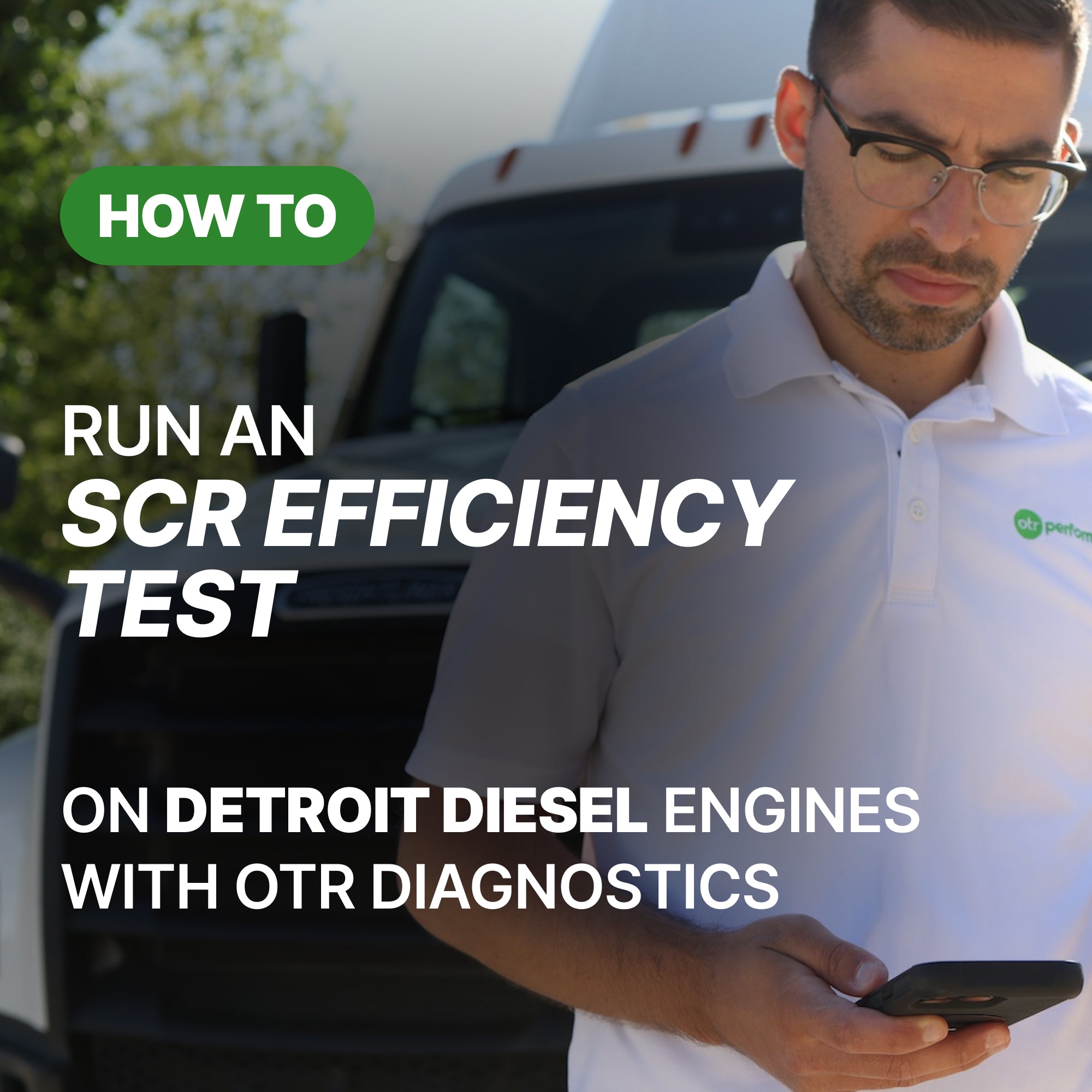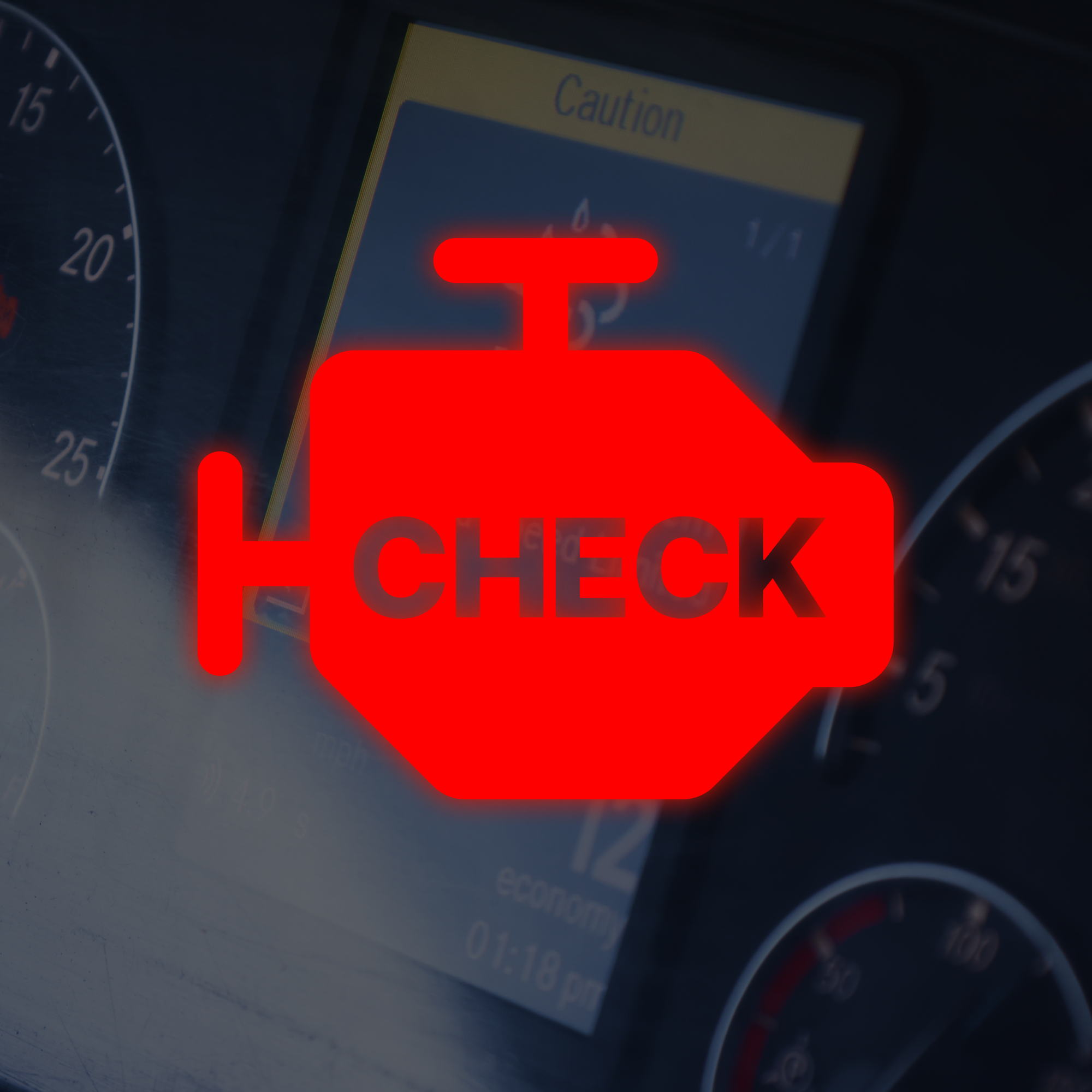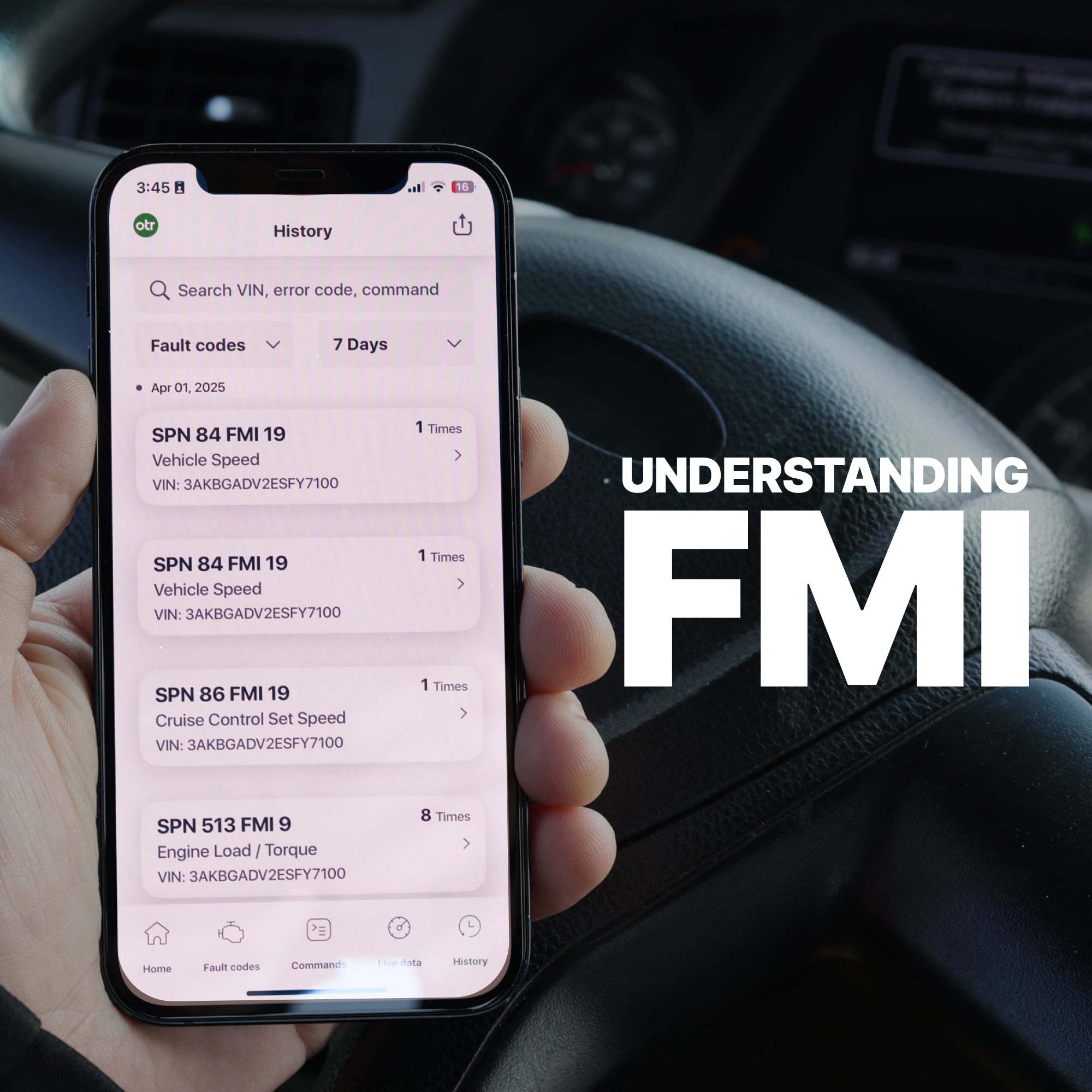Very costly damage can occur to your aftertreatment system if you ignore the contamination. If you don't know where fluid is going then you need to find the source of the leak and then verify the aftertreatment system to see how much damage has occurred.
In this blog post, we will be teaching you how you can identify if your aftertreatment system is contaminated by oil, fuel, or coolant, what can cause this contamination, and at the end, we will guide you on how you can fix a contaminated aftertreatment system.
Contamination Source
Contamination by Oil
Visual sign
- Blue smoke may be coming out of the exhaust pipe.
- This is caused by the oil being burned through the aftertreatment system.
Common Causes
- Internal Engine Block Failure (check cylinder compression, piston rings)
- Internal Engine Cylinder Head Failure (valve seals, stems, and guides)
- Cylinder Head Gasket Failure
- Oil Cooler Failure
- EGR Valve failure (Oil Cooled)
- Internal VGT Turbo failure (Oil Cooled)
- Any component that causes oil to enter the exhaust system
Find out what the cause for the oil contamination is and inspect system thoroughly.
- Check for signs of oil smell.
- Check for signs of oil loss.
- Check for excessive blue smoke.
- Fault codes related to the oil pressure, oil loss or related system.
Contamination by Fuel
Visual sign
- White smoke or black smoke may be coming out of the exhaust pipe.
- This is caused by the diesel fuel not being burned correctly or unburned (raw) fuel entering through the aftertreatment system.
Common Causes
- 7th Injector (Aftertreatment Fuel Doser System) Stuck Open
- This component injects raw diesel fuel before the aftreatment filters (before DOC filter) and creates the reaction to increase temperatures in your aftreatment system (DOC filter and DPF filter) for proper DPF regeneration.
- Fuel Injector Leaking
- Cylinder Misfire
- Over Fueling
- Any component that causes fuel to enter the exhaust system
Find out what the cause for raw fuel is and inspect the system thoroughly.
- Check for signs of fuel leaks.
- Check for excessive white smoke or black smoke out of the tailpipe.
- Use your sense of smell to find out if you are leaking raw diesel fuel.
- Active fault codes related to Aftertreatment Fuel Injector or Aftertreatment Shut Off Valve.
- Fuel doser valve may need to be cleaned. You can check out how to clean the fuel injector here.
Contamination caused by Coolant
Visual sign
- White smoke may be coming out of the exhaust pipe.
- This is due to various component failures that are caused by coolant entering the aftertreatment system.
- Coolant loss and can't locate a leak
- You are losing ½ gallon or more of coolant and you don’t know where it is going. This may cause your low coolant light to appear.
Common Causes
- Internal Engine Block Failure
- Cylinder Head Gasket Failure
- EGR Cooler Failure (Coolant Cooled)
- EGR Valve failure (Coolant Cooled)
- Internal VGT Turbo failure (Coolant Cooled)
- Any component that causes coolant to enter the exhaust system
Find out what is the cause for coolant contamination and inspect system thoroughly.
- Check for signs of coolant smell.
- Check for signs of coolant loss.
- Check for excessive white smoke.
- Fault codes related to the coolant or related system.
How to Fix a Contaminated Aftertreatment System
After identifying the source of the oil, fuel, and coolant contamination, follow the steps below to learn how to fix a contaminated aftertreatment system.
STEP 1: Remove and inspect the Diesel Oxidation Catalyst (DOC), Diesel Particulate Filter (DPF), and Selective Catalyst Reduction (SCR) filters.
- Are there any signs of face cracking or any signs of burn-through that can be seen due to overheating the DPF? (Horizontal or Vertical cracking)
The DOC / DPF below shows that cracking has occurred.

The DOC / DPF below shows that the melting of the substrate has occurred.

If cracks or melting are present, then replace the failed DOC, DPF, SCR filter system.
- See Step 3: Clean your afterteatment components.
If there are No Cracks or Melting present, then it is recommended to clean your DOC / DPF / SCR filters.
- See Step 2: Clean DOC / DPF / SCR filter, then continue to Step 3.
Step 2: How do I clean my DOC / DPF SCR filter?
- Baking: An oven that uses heat to burn the soot out of the filter.
- Most common method
- Blast Cabinet: Uses compressed air and vacuum to deep clean.
- Do It Yourself (DIY): Water pressure washing the DPF Filter. Use hot water and spray evenly.
- Cheapest Solution. Note that the filter should sit for a minimum of 10 hours to dry.
- DPF Cleaning Facility: Be cautious about the facility you chose; make sure they use Ultrasonic DPF Cleaning techniques.
- Here’s a company we know and trust: DPF Alternative locations
- SCR Filter Cleaning
- If cleaning is not possible, then replace SCR filter.
STEP 3: Clean all your aftertreatment components.
This includes all the components that have been contaminated by the oil, fuel, and coolant.
- Clean exhaust system piping after the turbocharger to the inlet of the DOC filter.
- Clean all temperature sensors and pressure sensors (use electrical cleaner).
- Recommended to replace NOx sensors due to contamination. Make sure you have valid NOx PPM sensor readings to ensure proper DPF / SCR operation.
STEP 4: Reassemble all the aftertreatment components and start the engine.
You want to start the engine and let it run (Idle or High Idle) for 1 to 3 hours to ensure the exhaust system is not smoking before running a forced DPF regen. You may need to run this at a higher idle if smoke is still present after 3 hours.
NOTE: Park your vehicle outside during this time. The exhaust gases and possible smoke will increase as the temperature increases in the exhaust system.
STEP 5: Start a forced DPF regen
You need to start a forced DPF regen to ensure the regeneration system is working properly.
NOTE: Some vehicles require a forced DPF regen for the fault codes related to the aftertreamtent system to go inactive.
- You must use an advanced diagnostic tool to perform a Forced DPF Regen. You can use OTR Diagnostics to perform the Forced DPF regen.
- If fault codes are still active during the forced DPF regen then you need to diagnosis those fault codes and replace any failed components. Then restart the DPF regen procedure.
- It may be recommended to do back-to-back forced DPF regens to ensure proper DPF regeneration temperatures due to contamination.
We hope this blog post is useful for you guys. If you have any questions, don't hesitate to reach out to us by a phone call at (586) 799-4375 or through email at sales@otrperformance.com
Until next time! 👋
Stay safe, stay healthy & be blessed.




Soot Level Low, Why Force a DPF Regen? (3-Minute Read)
5 Tips To Prepare Your Semi-Truck For Short/Long Term Storage